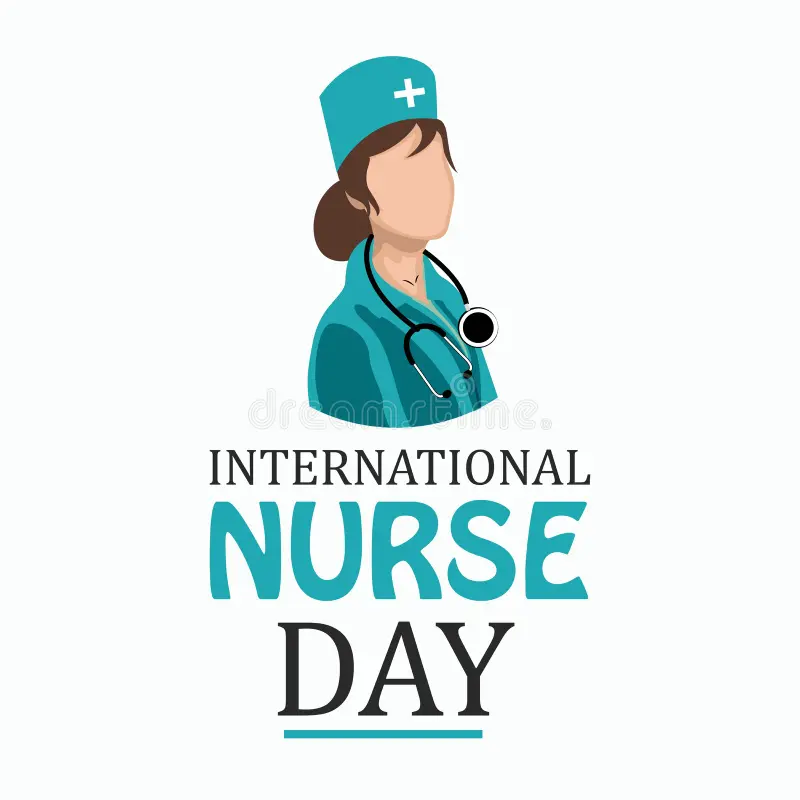The rising prevalence of drug-resistant infections is placing significant strain on healthcare systems worldwide. A recent investigation by the Indian Council of Medical Research (ICMR) reveals the profound economic impact of these infections. The study found that the presence of drug-resistant pathogens not only extends hospital stays but also inflates treatment costs by an average of 33.1%. This burden affects both government and private healthcare institutions, highlighting the financial challenges faced by families and the Indian healthcare system.
Understanding Antimicrobial Resistance (AMR)
Antimicrobial resistance (AMR) occurs when bacteria, viruses, fungi, and parasites evolve to withstand the drugs that would normally eliminate them. This resistance complicates the treatment of even routine infections, leading to longer hospitalizations and a greater need for intensive care. The ICMR study, which analyzed 1,723 patient records across eight hospitals, sheds light on the severe financial consequences of AMR.
Cost of Treatment for Resistant Infections
The ICMR’s research indicates that treating drug-resistant infections costs, on average, $1,238—significantly higher than the $827 required for treating infections that are susceptible to standard antibiotics. Government hospitals reported lower treatment costs, with resistant infections costing $199.2 and susceptible infections $108.5. In contrast, private hospitals recorded higher costs, with resistant infections averaging $3,382 and susceptible ones $3,019. The increase in costs is largely driven by the higher expenditure on medicines, which surged by 61.5% in government hospitals and 27.1% in private hospitals.
Impact on Hospital Stays and Mortality Rates
Patients battling resistant infections often face prolonged hospitalizations, with an average stay of 23 days compared to just 12 days for those with treatable infections. Mortality rates are also higher among patients with drug-resistant infections, with 29.5% of these patients dying, compared to 20% among those with infections susceptible to treatment. These statistics underscore the critical need to address the growing threat of antimicrobial resistance.
Financial Strain on Families
The financial burden on families is considerable, with over 45% of patients resorting to borrowing money for treatment. This figure climbs to 47.6% for those suffering from resistant infections. Furthermore, 10.5% of families dealing with resistant infections had to make significant lifestyle adjustments, such as taking on new jobs or withdrawing children from school, compared to 6.2% for families with susceptible infections. The financial hardship is further compounded by the fact that 11.4% of families with resistant infections had to sell or mortgage assets, compared to 9.8% for families dealing with treatable infections.
The Need for Preventative Measures
The findings of this study emphasize the urgent need to tackle antimicrobial resistance to alleviate both financial and health-related consequences. With nearly 70% of healthcare expenses in India coming from out-of-pocket payments, the economic impact is profound. Preventing drug resistance could significantly reduce treatment costs and improve health outcomes for patients.
Approaches to Reducing AMR
To combat antimicrobial resistance, public education is vital. Patients must be made aware of the dangers of misusing antibiotics, including self-prescribing and discontinuing medication prematurely. Healthcare providers should focus on using antibiotics judiciously, opting for targeted treatments rather than broad-spectrum antibiotics. Furthermore, pharmaceutical companies must adopt effective waste management practices to prevent the environmental release of antibiotics, which contribute to the spread of resistance.












